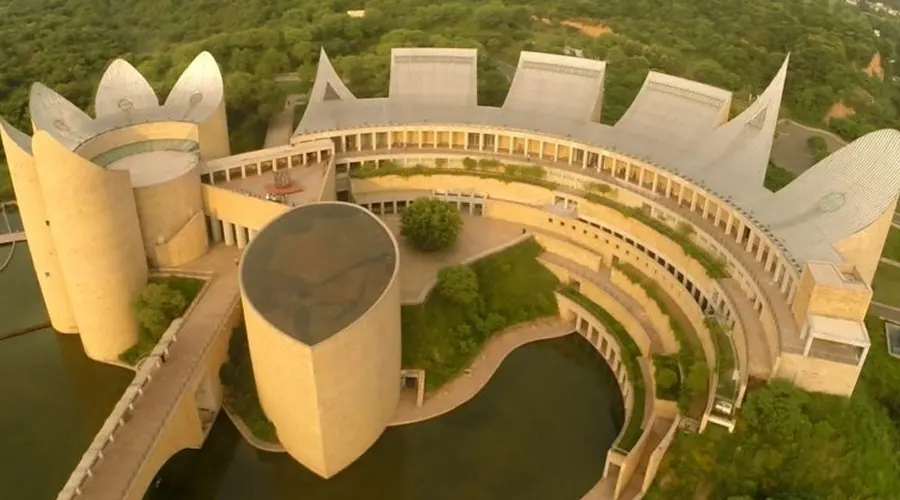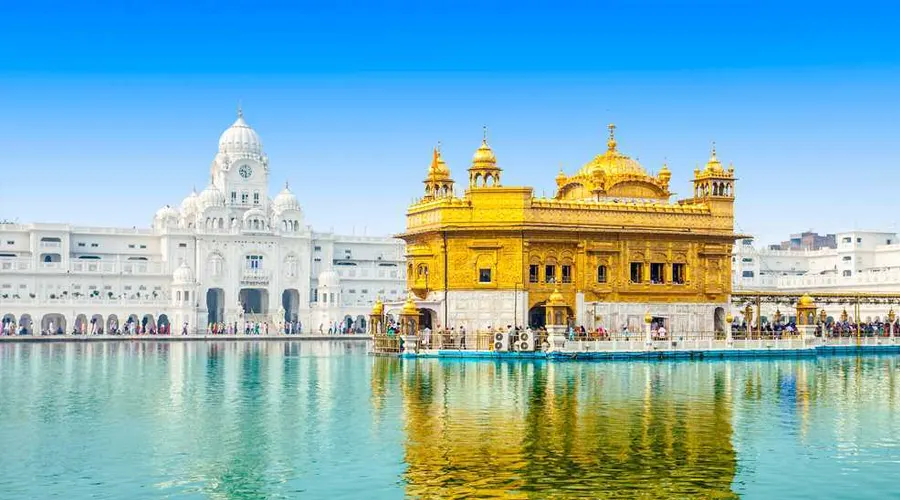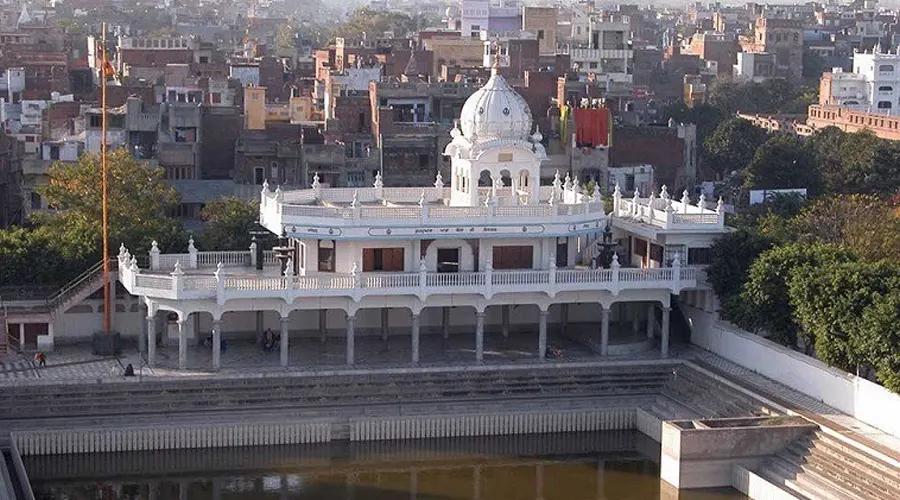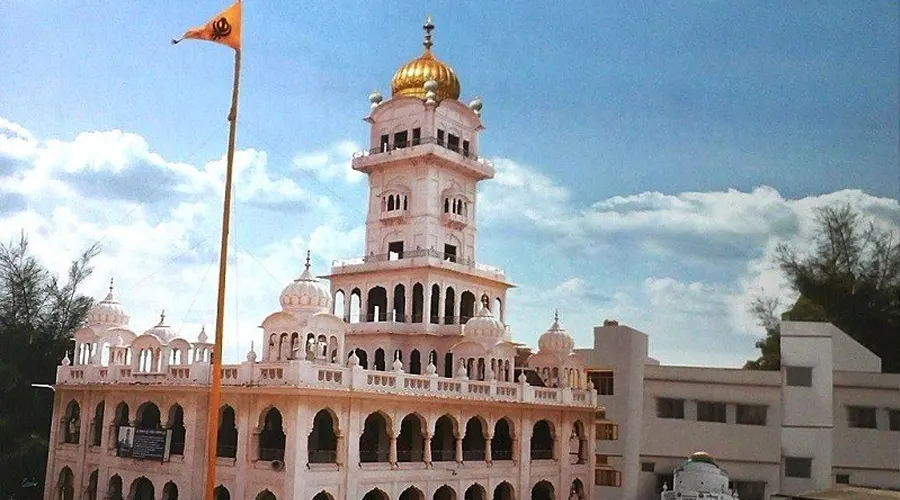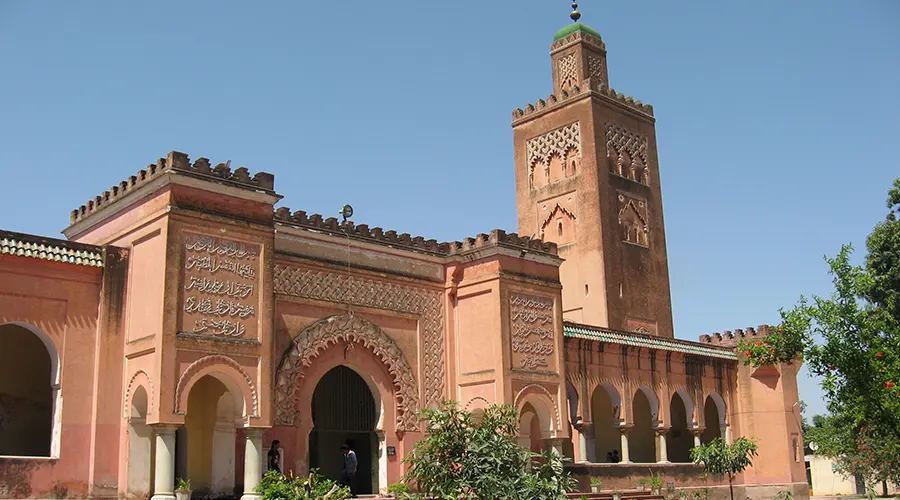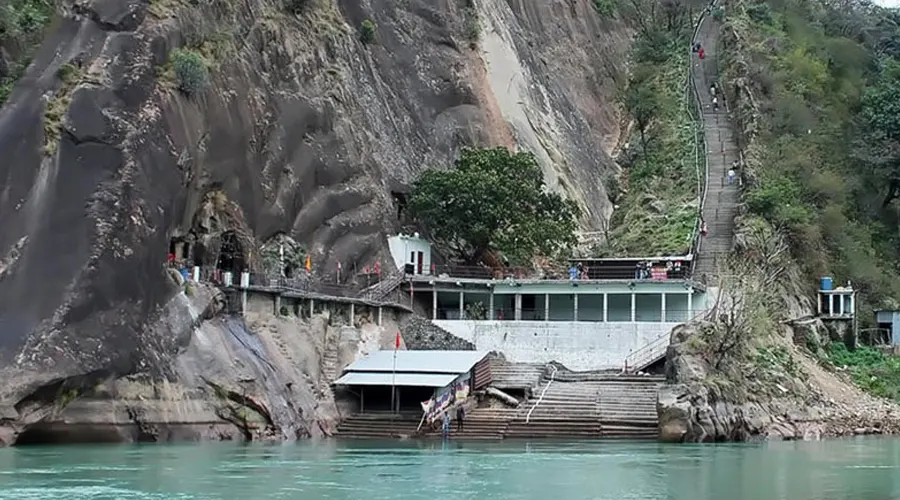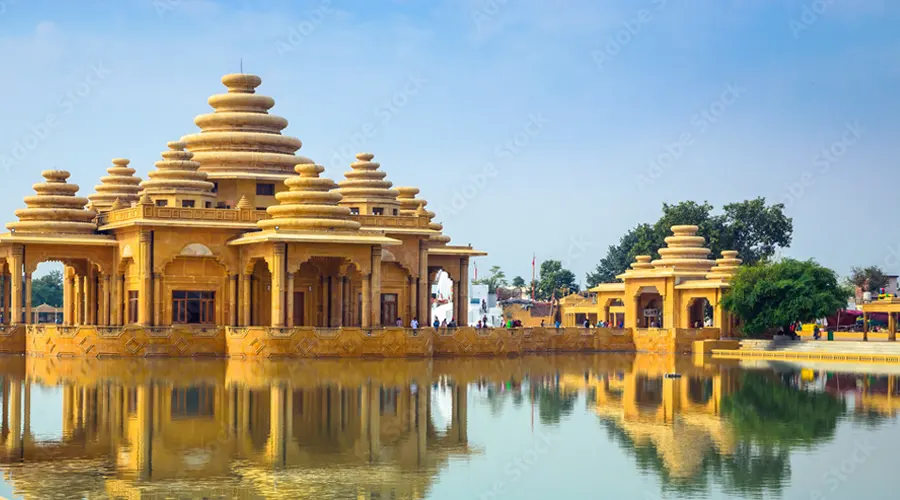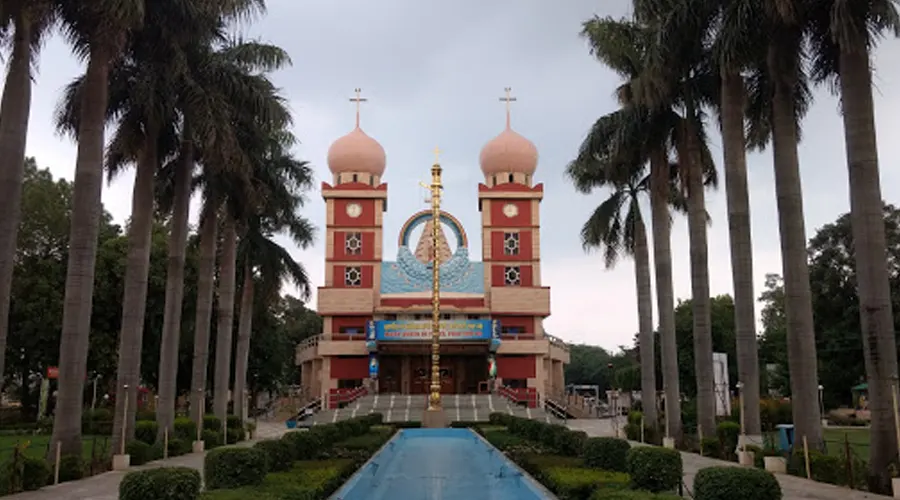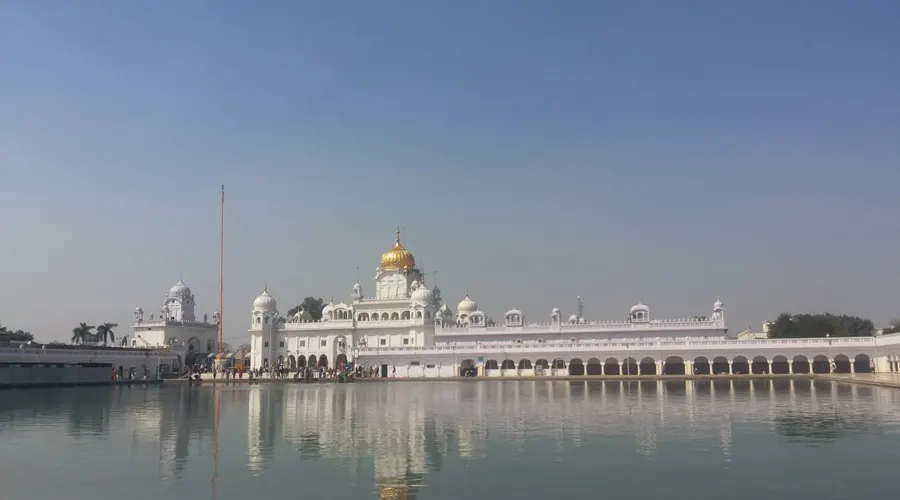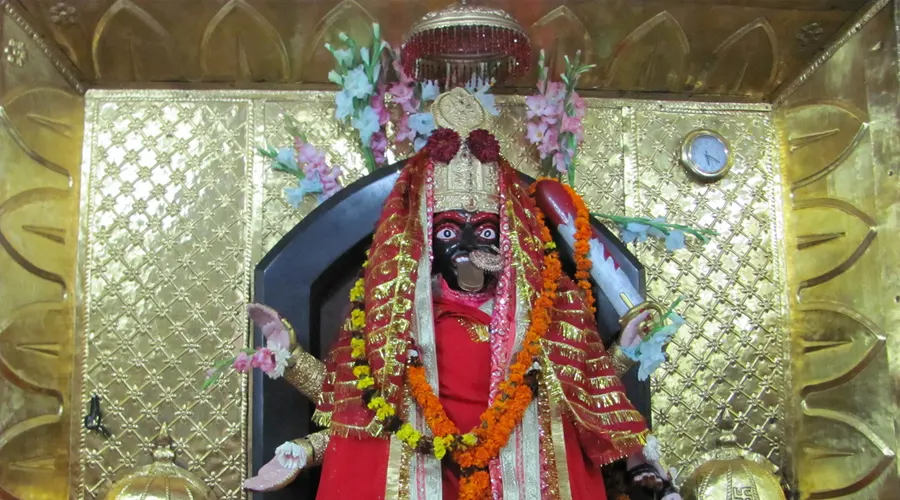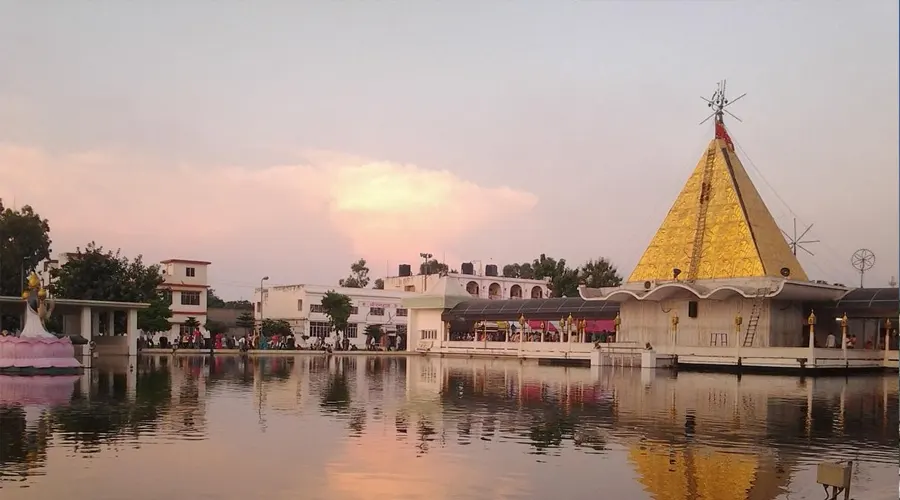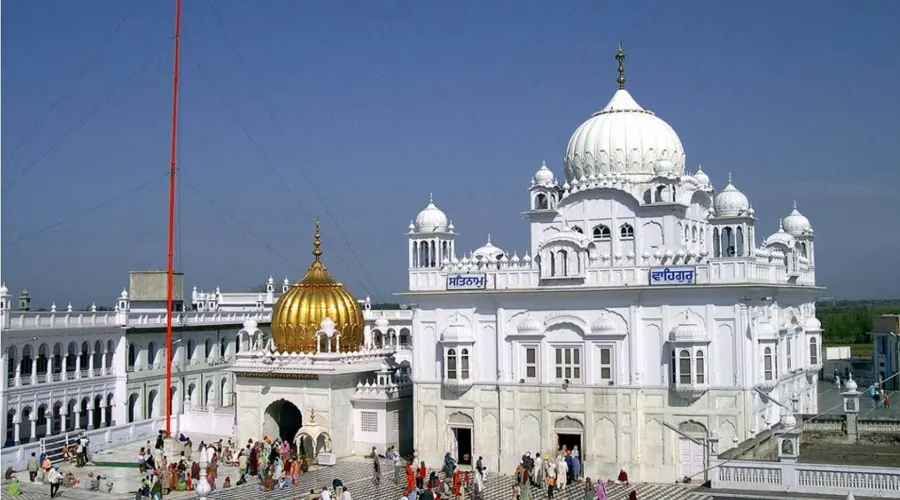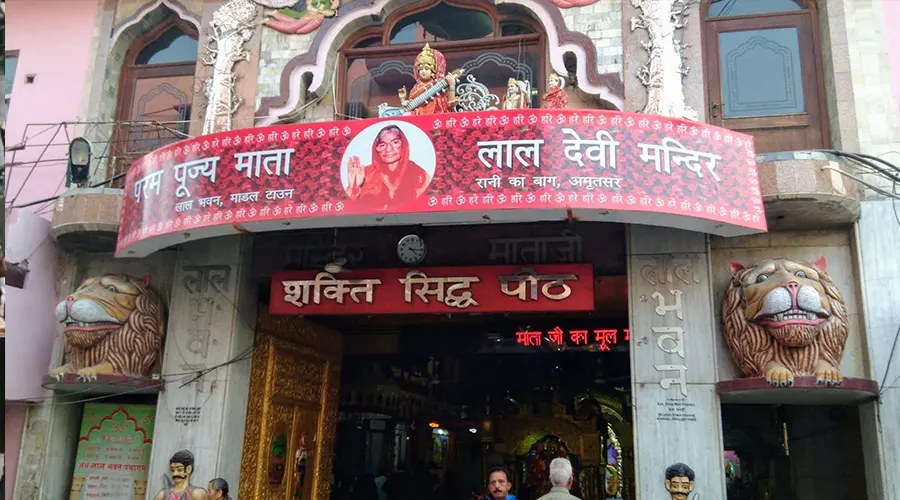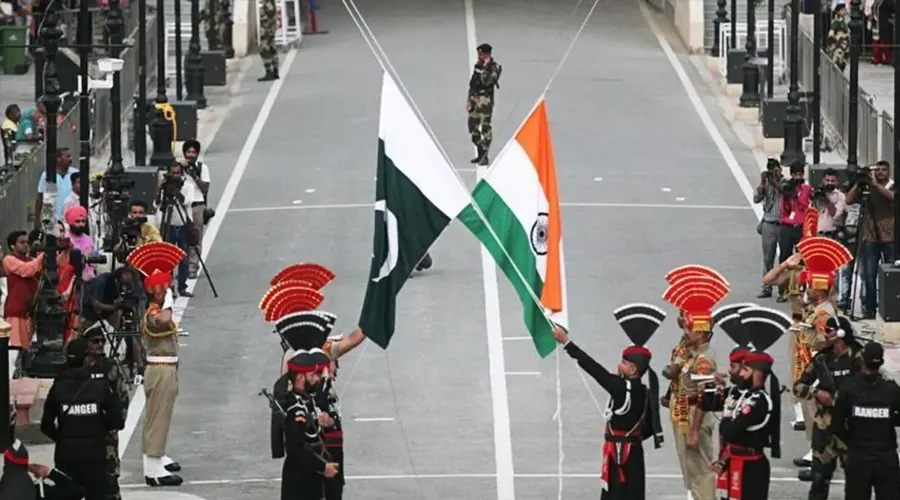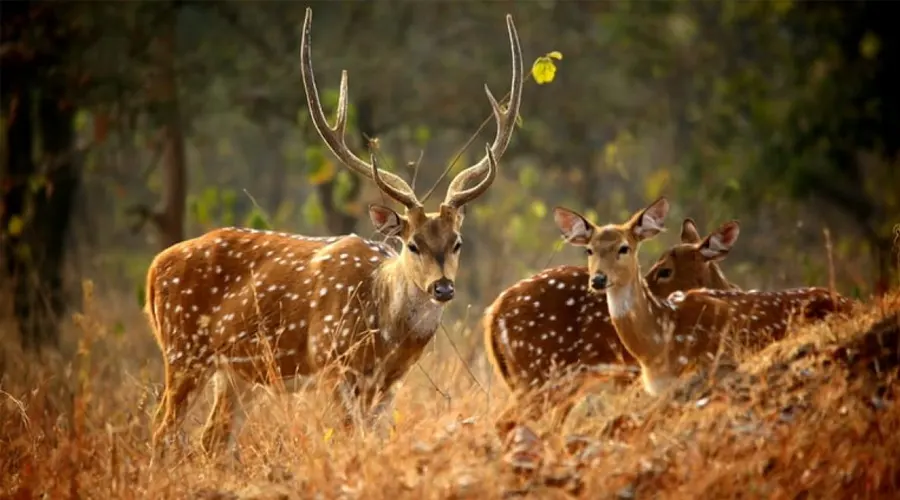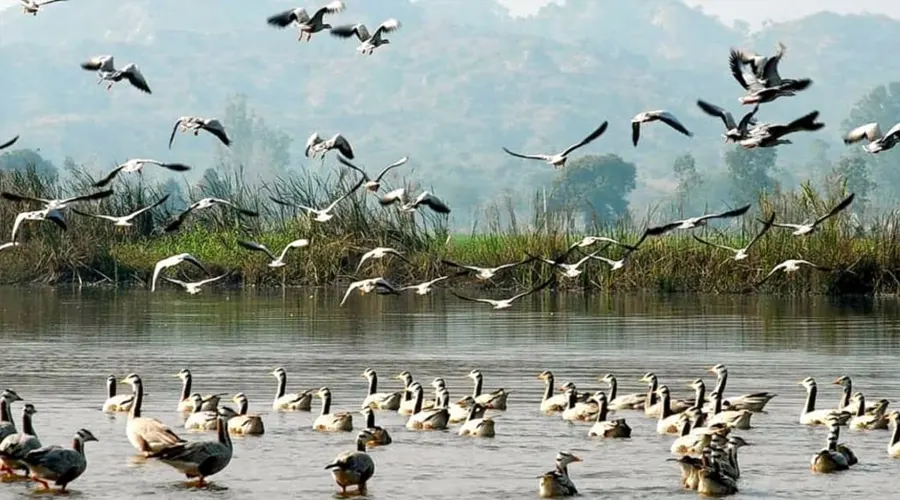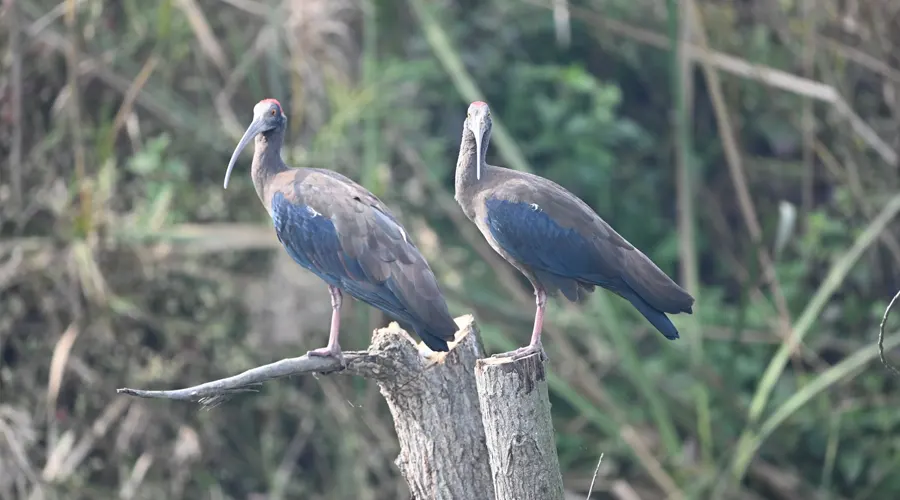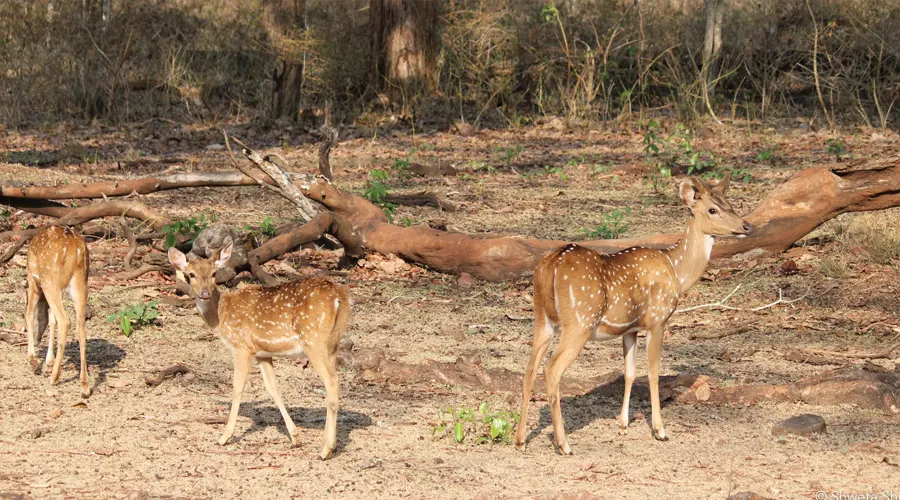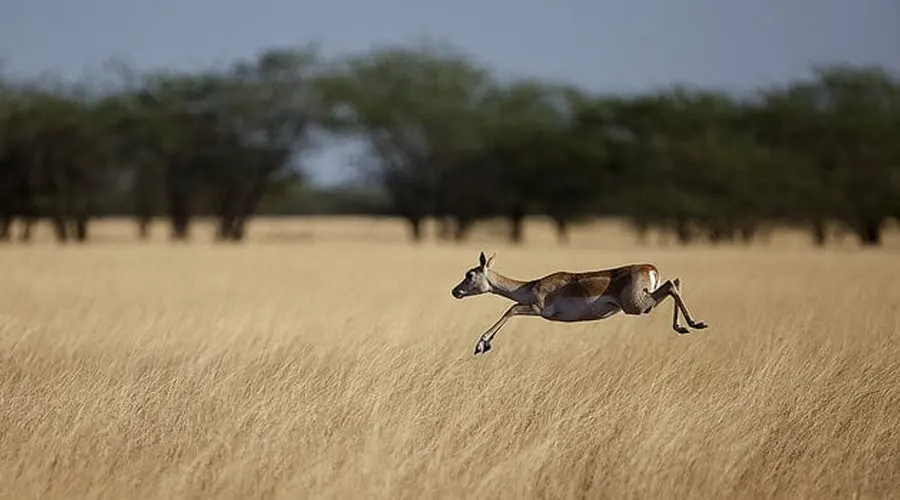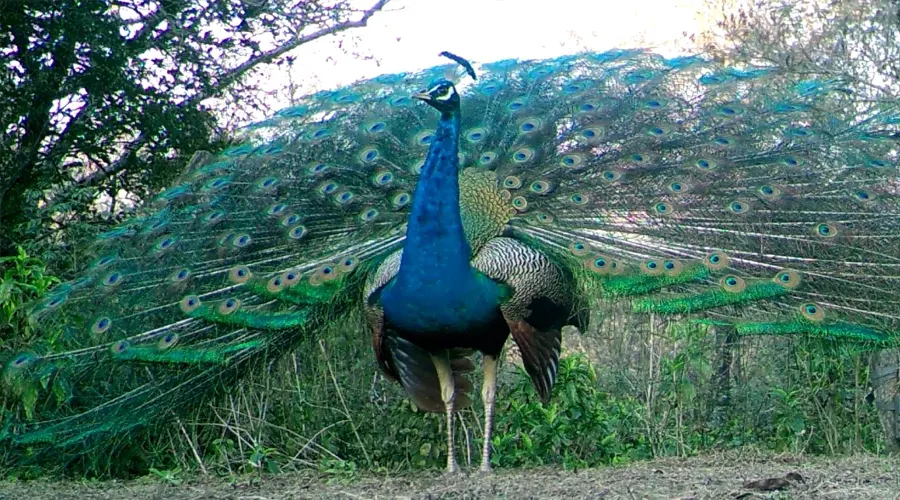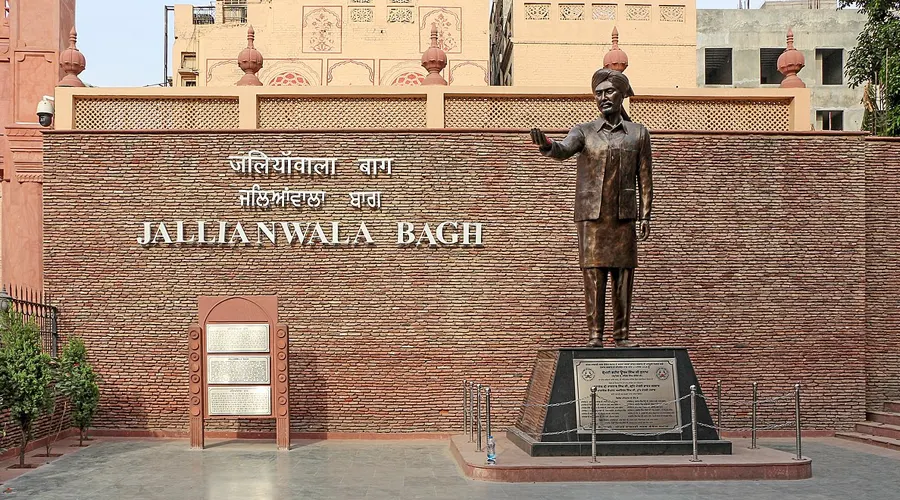Virasat-e-Khalsa
The Virasat-e-Khalsa Sikh Museum was built in honor of Sikhism and celebrates glorious Sikh history. Visitors will be thrilled to see relics and memoirs of the struggles and triumphs of Sikh warriors over the past centuries. This museum celebrates the anniversary of the birth of Khalsa and displays the scriptures written by Guru Gobind Singh Ji, their tenth human guru.
The building is made in a fortress-style design with a majestic bridge connecting the two structures on either side of a ravine. The smaller building complex on the west comprises a grand entrance plaza, a double-storey library for research and reference purposes, several exhibition galleries, and a huge auditorium with a capacity of 400.
The complex on the east comprises a memorial building and galleries that create an appearance of a fortress in the building. This permanent exhibition space creates a distinct mark among the natural surroundings.
Visitors will be amazed to see the construction style of the complex. Most places are made of poured-in-place stones and concrete, with beams remaining exposed at specific locations. The ceilings are clad in stainless steel structures while the walls are made of classic honey-colored stones.
Of special mention is the reflection of the sky by the rooftops and the strategic location of the building in the middle of ravines and dams that transform the beauty of this place at night. The greenery and serenity of the area are bound to leave a mark on the heart of the visitors.
History
Virasat-e-Khalsa is conceived as a repository of the rich heritage of the Khalsa its history and culture of the Punjab so as to inspire visitors with the vision of the Gurus, emphasizing the eternal message of the great gurus for the whole mankind.
Towards the end of the fifteenth century, in the Punjab region of Northern India, Guru Nanak Dev Ji founded a faith rooted in the core values of universalism, liberalism, and humanism. The nine Gurus who followed Him built upon and consolidated His teachings, thereby establishing Sikhism not only as a belief system but also as a way of life.
Two hundred years later, in 1699, on the occasion of Baisakhi, the Tenth Guru, Guru Gobind Singh Ji formally founded the Khalsa Panth at Anandpur Sahib, establishing a social order committed to peace, equality and justice for all. Today, on the same site, stands the majestic Gurdwara Takht Sri Kesgarh Sahib.
The year 1999 marked the Tercentenary of the Birth of the Khalsa. To commemorate this event, the Chief Minister of Punjab S. Parkash Singh Badal laid forth the outlines of a magnificent edifice to be known as Virasat – e – Khalsa at Sri Anandpur Sahib.
Architecture
The Heritage Complex is inspired by the rich natural and architectural heritage of Sri Anandpur Sahib, while also drawing heavily from Sikh and regional architecture. Contrary to the tradition of domes that crown the sacred Sikh sites, the roofs of the Museum are concave-shaped receptors facing the sky. Sheathed in stainless steel, they reflect the sun’s light towards the Gurdwara and the Fort.
After thirteen years of construction, it has been inaugurated on November 25, 2011. It was opened to the public on November 27, 2011. There are two complexes on each side of a ravine, connected by a ceremonial bridge:
The smaller, western complex includes an entrance piazza, an auditorium with 400 seating-capacity, two-story research, and reference library, and changing exhibition galleries.
The eastern complex contains a round memorial building as well as extensive, permanent exhibition space, consisting of two clusters of galleries that try to evoke the fortress architecture of the region (most evident in a nearby Gurudwara) and form a dramatic silhouette against the surrounding cliff terrain. The gathering of the galleries in groups of five reflects the Five Virtues, a central tenet of Sikhism.
The buildings are constructed of poured-in-place concrete; some beams and columns remain exposed, though a great deal of the structures will be clad in a local honey-colored stone. The rooftops are stainless steel-clad and exhibit a double curvature: they gather and reflect the sky while a series of dams in the ravine create pools that reflect the entire complex at night. The building was designed by world-acclaimed architect Mr. Moshe Saifde.

